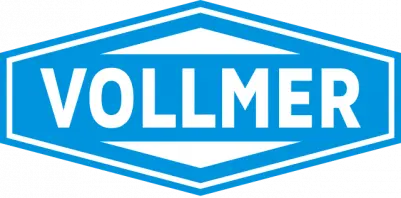Laser thickness measurement is a non-contact method that uses optical sensors to determine the thickness of materials with high precision. Vollmer's VTLG series laser gauges measure thickness by capturing the distance between the material’s surfaces and calculating the difference .
Principle of Laser Thickness Measurement
Laser thickness gauges work based on triangulation or confocal laser displacement principles:
Dual-Sensor Measurement (Triangulation Method)
- Two laser sensors are positioned above and below the material.
- Each sensor measures the distance from itself to the material’s surface.
- The system calculates thickness using the formula:
Thickness=Total Distance−(Distance to Upper Surface+Distance to Lower Surface) - This method ensures accurate thickness readings, independent of material position variations.
Single-Sensor Measurement (Confocal or Interferometric Method)
- A single laser measures thickness by analyzing light reflections from both the top and bottom surfaces.
- Used for transparent materials like films, glass, and coatings.
Advantages of Laser Thickness Gauges (VTLG Series)
✅ Non-contact – No risk of material damage.
✅ High precision – Up to 0.5 µm accuracy per millimeter of thickness.
✅ Works with various materials – Metals, plastics, rubber, and coatings.
✅ Real-time measurement – Integrated into production lines.
Applications of Laser Thickness Gauges
🔹 Metal Strip Rolling Mills – Continuous thickness monitoring in steel, aluminum, or copper strips.
🔹 Plastic & Rubber Industry – Measuring extrusion thickness.
🔹 Glass & Film Production – Monitoring transparent materials.
Vollmer's VTLG Laser Thickness Gauges
For precise, real-time, and non-contact thickness measurements, Vollmer’s VTLG series provides industry-leading accuracy.
